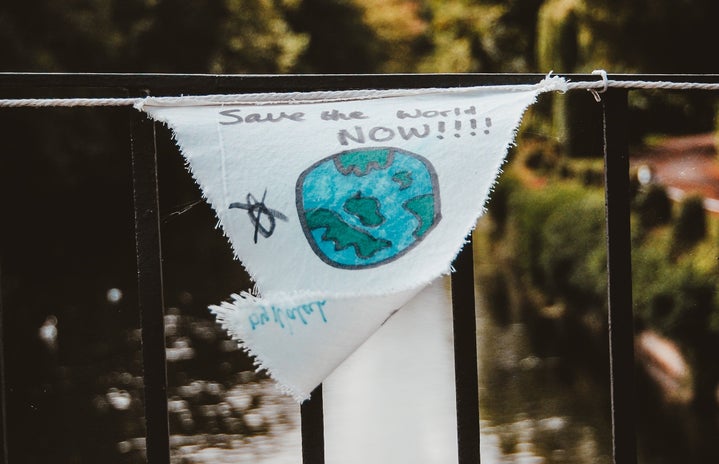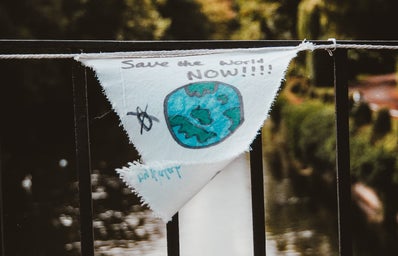If you loved last year’s lunar eclipse then you are going to love this!
Astronomers, astrologers and stargazers alike can rejoice as one of the rarest lunar phenomenons is set to occur on Wednesday, Jan. 31 for the first time in 150 years. The visibility of a total lunar eclipse, a full moon at perigee and a blue moon will simultaneously take place.
Ultimately known as “The Blood Moon,” it occurs due to the Earth passing between the Sun and the Moon, which then gives it that rather bloody reddish hue. What makes this one so unique (aside from it not happening for decades) is that this one involved a Supermoon, which refers to the time when the moon is at its closest to the Earth and appears larger than usual.
Combined with the blue moon, that usually happens once a month, with occasional pop-ups every three years, this is how we now have event known as The Super Blue Blood Moon.
Sounds kinda badass, doesn’t it?
Astrologers and astrology enthusiasts definitely seem to think so.
Sources say that this celestial event of the ages is happening in Leo, bringing up offers of great opportunity, encouragement to be spontaneous, to speak up, to kick back and relax, indulging a bit or even embracing your inner child to do something you love more than anything.
On top of that, the position of the general moon on Wednesday is said to be releasing the right energy to rid yourself of emotional baggage and replacing it with the vibes needed to increase positive abundance into your life.
This is the time to find yourself and know yourself, owning every accomplishment and making this year about you.
The last Super Blue Blood Moon happened during the total lunar eclipse of 1982, and the next one isn’t until January 31, 2037, so try to see it if you can!
Like with any interstellar event, weather and location have a lot to do with how much one would be able to witness. But hopefully news outlets in the locations most exposed to the eclipse will be broadcasting internationally for others to see.
2018 has already seen a Supermoon (Jan. 1) and scientists say that the moon isn’t done yet. Solar and lunar calendars have aligned to show that there will indeed by another blue moon – sans eclipse – happening on March 31.


